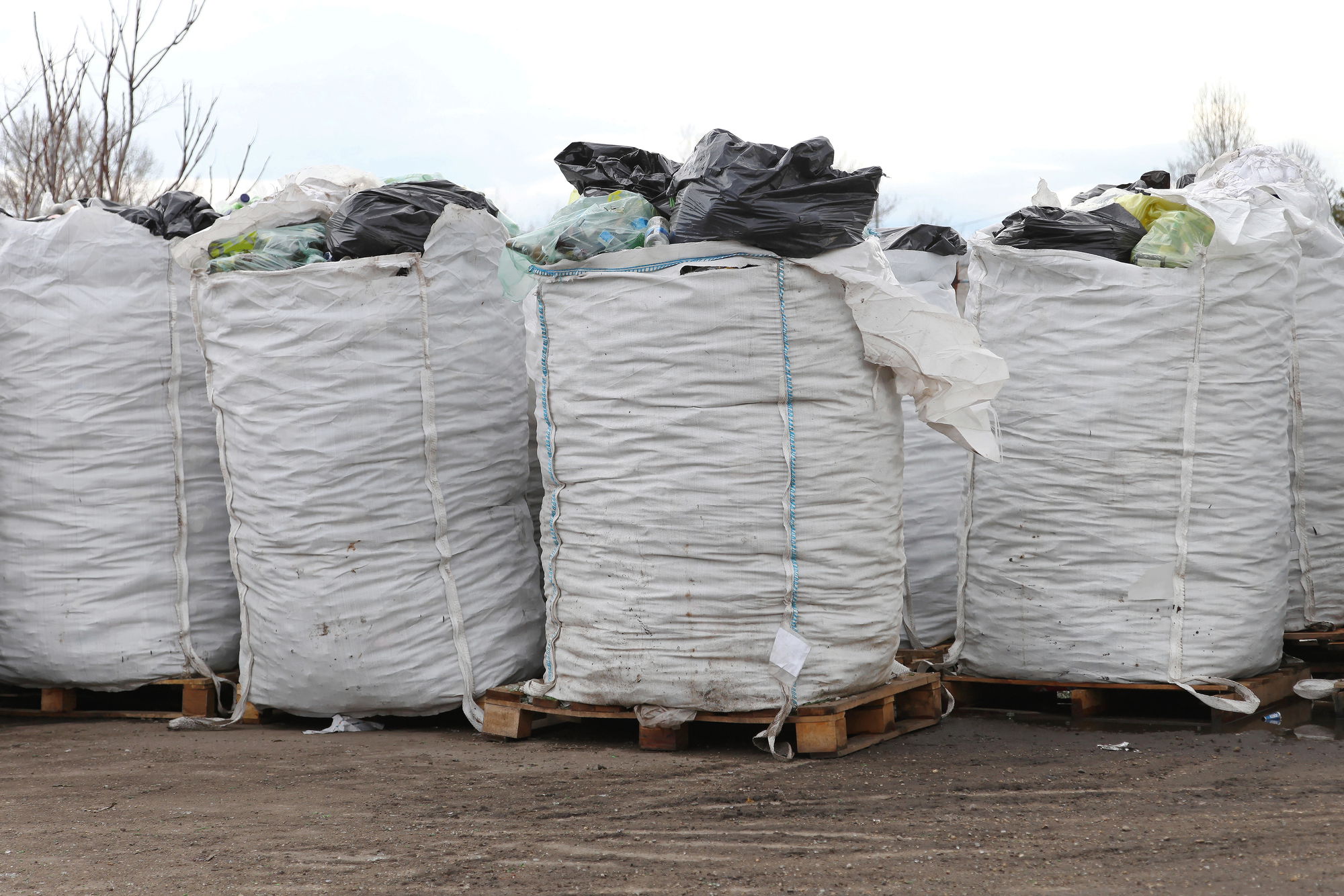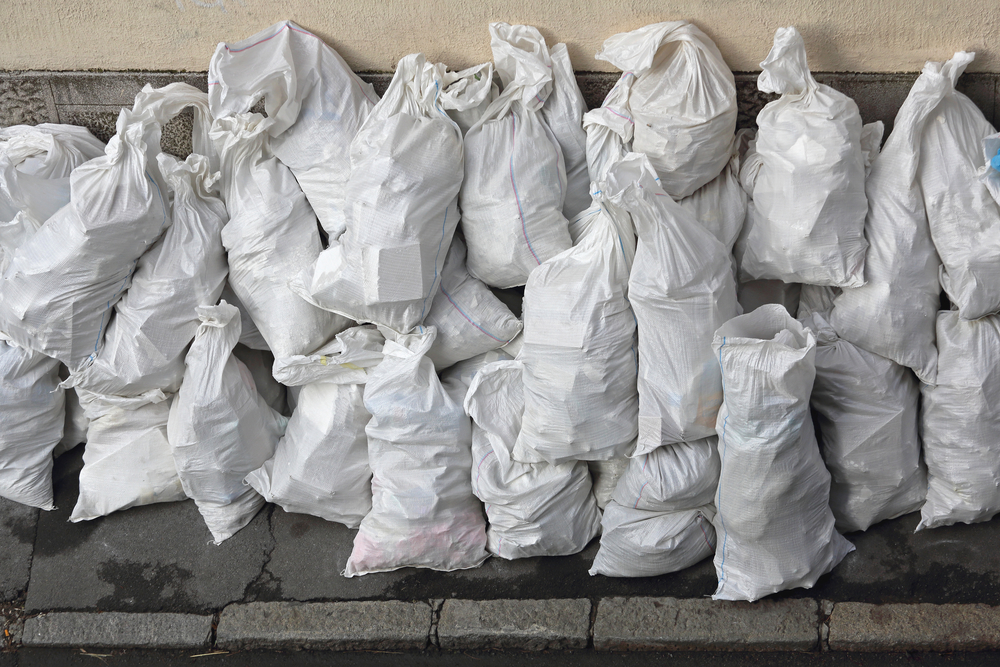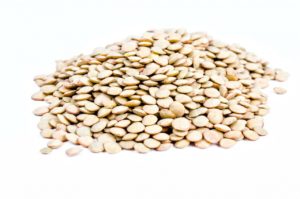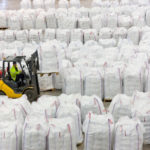Today, it is not surprising to come across myths and rumors about food, consumer packaging, and how the packaging can damage the integrity of the food. Before small food packaging for consumers, many dry goods are stored and transported in bulk bags. Consider the use of bulk packaging and answers to common food safety questions to put your mind at ease.
 Although food has been packaged in bottles and cans as early as the 1700s, it was only on the mid-1960s when wax and plastic were introduced to package food. And bulk bags have been safely and effectively used in the agricultural industry for more than a century. Below are some of the most common questions about bulk packaging and food safety.
Although food has been packaged in bottles and cans as early as the 1700s, it was only on the mid-1960s when wax and plastic were introduced to package food. And bulk bags have been safely and effectively used in the agricultural industry for more than a century. Below are some of the most common questions about bulk packaging and food safety.
What Are the Materials Used in Food Packaging?
As of 2014, there are about 6,000 different kinds of materials and substances used for food packaging globally. Government agencies across the world approve the materials. These food packaging substances are used in food containers plastic containers, restaurant utensils, and processing equipment.
It is a global challenge to regulate the use of these substances and even more a concern to know that some may have adverse effects on a human’s health. Your best bet is always to buy food that has an approval of the FDA or your local food and drug authority.
What Are the Most Common Packaging Materials?
Although we mentioned about 6,000 substances earlier, there are only a few standard materials used because these are cost-effective. However, you need to note that the amount of material used for a food packaging container will vary from one manufacturer to another. The most common elements are:
- Cloth and Fiber
- Ceramics
- Bottles
- Plastic
- Aluminum
Despite the fact that manufacturers may use the same materials, the process of making the product can affect its quality. These processes include heating, cooling, irradiation, microwaving, and sterilization.
What Does the Government Check During Inspection?
Although each country has its own standards, there are common themes surrounding government tests. The government will require the food packaging manufacturer to submit the specifications of the end product and the government will validate if these ingredients are approved or not. Should they be approved, the government will sample a container to test the integrity of the said specifications.
Typically, the government will check for microbiological safety. This is a test to determine if the packaging is tight enough to prevent external microbes from entering and spoiling the food. The government will also need to know the standard process for manufacturing the container, its chemical makeup and what chemical changes the material will go through during the manufacturing process.
All in all, we can expect government units to check and inspect quality, safety, and the durability or performance of the food container.
What Quality Checks Do Manufacturers Put in Place to Ensure Safety?
Licensed food container manufacturers adhere to high standards of quality. Their end products go through several tests in different aspects before the products go to the food retailer.
Below are some common examples of what a food container will go through for validation.
Seal – is the seal tight enough to prevent spillage? If it is not sealed, small insects can creep into the food and spoil it.
Moisture barrier – the container must keep moisture away, including vapor, because these have a direct impact on food spoilage. Moisture that has crept through a container will turn into water, thereby expediting the expiry date of the food.
Light protection – some foods are sensitive to light. They get stale, and thus they spoil. This is why there are dark food packaging materials that you typically see on products such as tomato paste or sauce and biscuits.
Food packaging and its safety should not be feared, provided that the manufacturer is duly accredited by the government and has gone through certification form different food safety bodies, including third-party organizations that do not necessarily regulate manufacturers.
And before foods are in consumer packaging, they are transported in polypropylene bulk bags. For generations, the agricultural industry has depended on bulk bags. Bulk bags keep food safe and clean during national and international transport. These big bags are designed to hold up to thousands of pounds of dry goods, including rice, beans, and cereal. Bulk bags protect food from moisture, pests, and more. Once the food arrives at a warehouse, it is transferred into the consumer packaging found on retail shelves.
Thank you for reading our blog! How can we help you? Contact us today.






Sorry, the comment form is closed at this time.